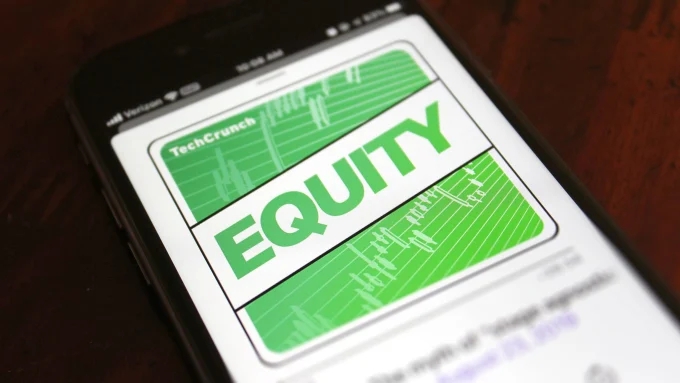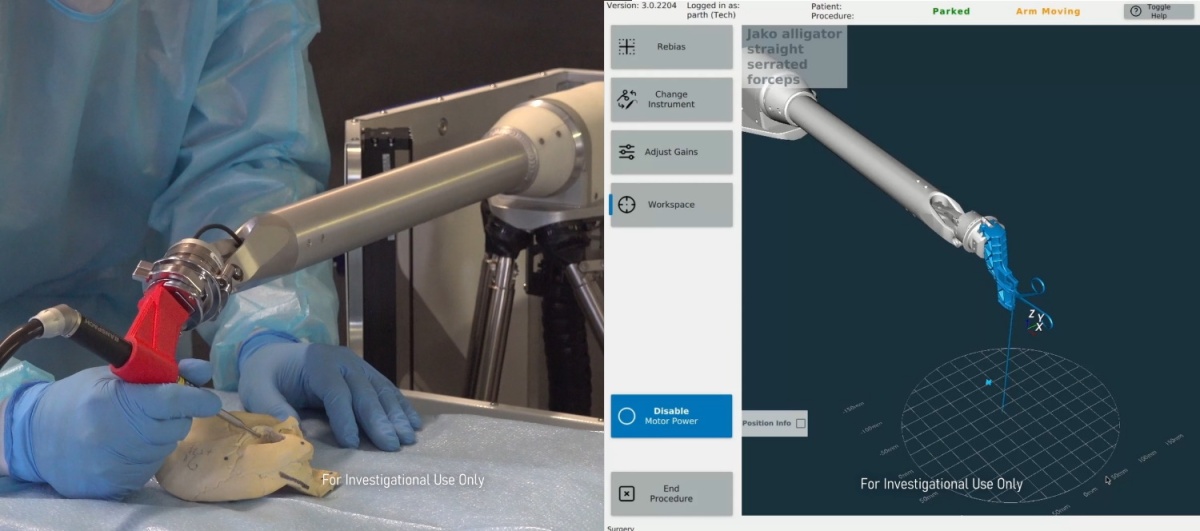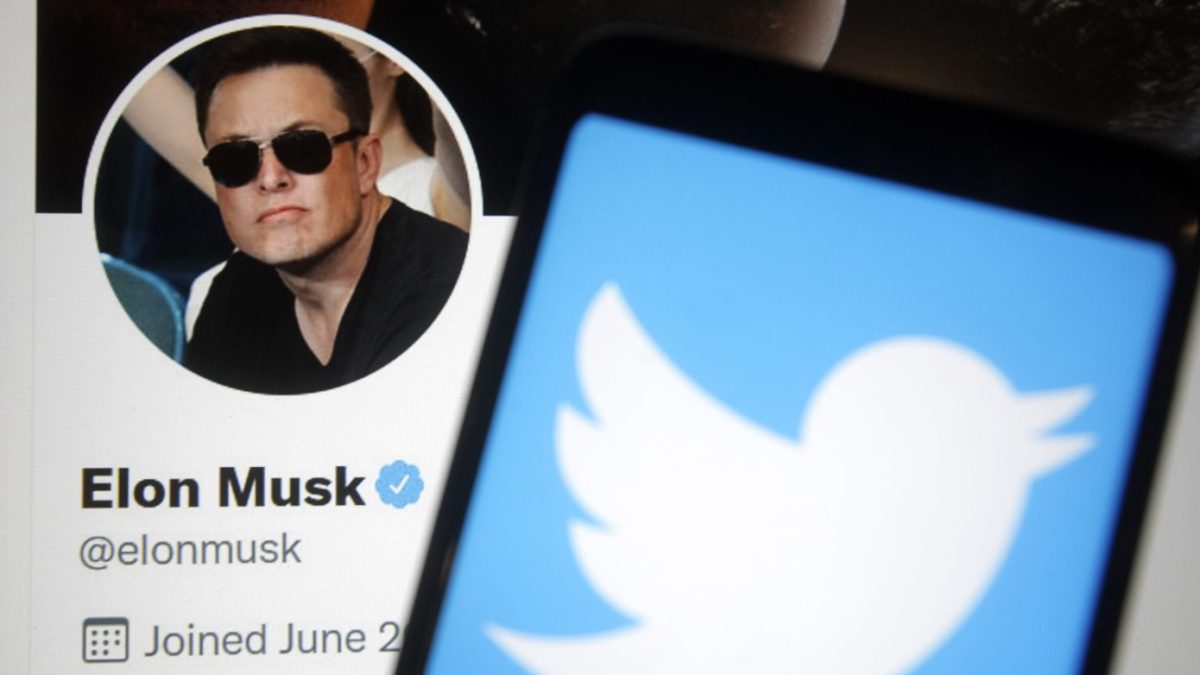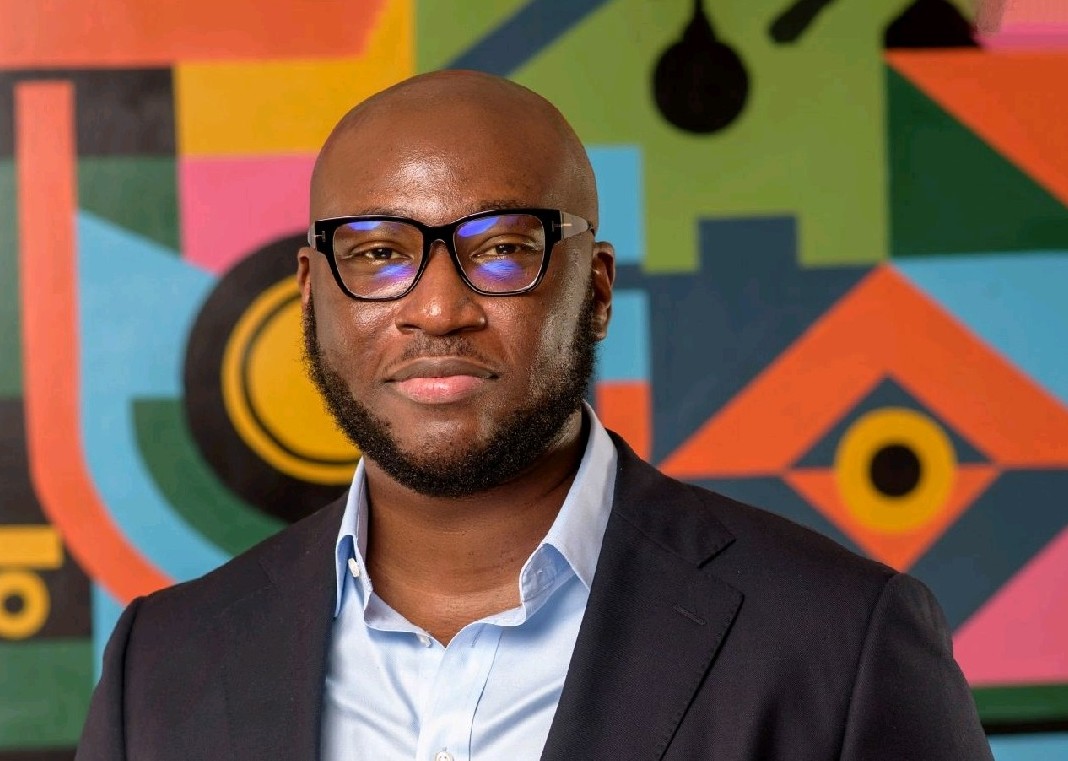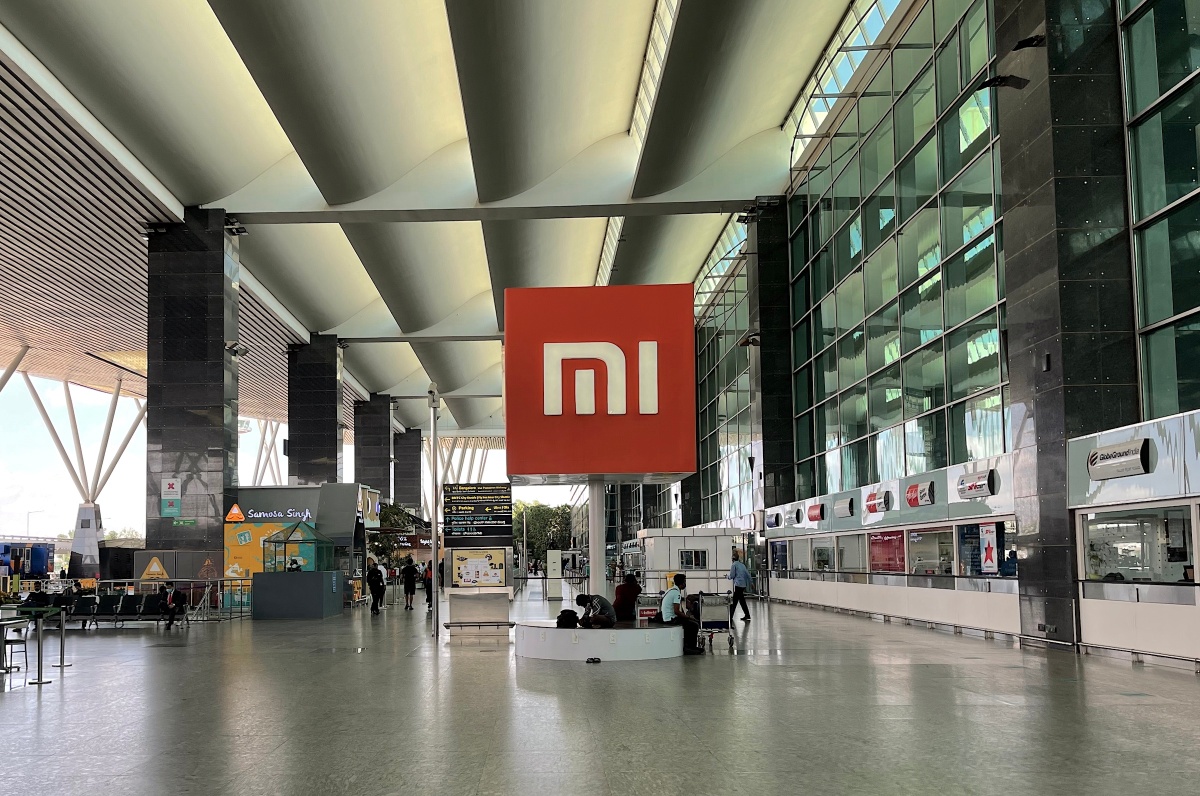The story so far • ZebethMedia
Good morning, Elon Musk owns Twitter. We knew it was going to happen (except for the part where Elon fought it tooth and nail) but it’s real now, so let’s catch you up on the whirlwind that was the new “Chief Twit’s” ascension. The week’s festivities kicked off with Elon Musk paying a visit to Twitter HQ, on what we now know was the eve of the official deal close. He used the occasion to make an admittedly kinda funny visual pun about the phrase “let that sink in,” but carrying a sink and literally having Twitter let him and that sink in. Whimsical chaotic energy is definitely Musk’s strong suit so this is expected behavior, even if you can’t imagine any other execs — like, say, Tim Cook, for example — carrying large porcelain objects into office lobbies to announce an acquisition close. Elon Musk carries a sink into Twitter HQ. On the heels of a report that some advertisers might boycott Twitter should Elon lift Donald Trump’s permanent ban, the Muskie posts an extend missive to advertisers trying to explain his logic (“I did it to try to help humanity, whom I love” is exquisite) and ends by assuring them it won’t “become a free-for-all hellscape” under his rule. Bucking the odds-makers, Elon does not reveal the deal close at 4:20 PM PT, but instead the news first trickles out then hits like a wave with near-simultaneous reports across all major outlets on Thursday at around 6 PM PT. That means he beat the deadline set upon him by Delaware Chancery Court Judge Kathaleen McCormick, which was today, October 28. The deadline resulted from the court case that resulted from Elon trying to wriggle out of the deal — in which he floated multiple defenses as an attempt to get out of his $44 billion commitment. Image Credits: Jim Watson/AFP/Getty Images (collage by ZebethMedia) / Getty Images Musk wasted no time clearing house when he got in: He fired CEO Parag Agrawal, CFO Ned Regal, general counsel Sean Edgett and head of legal, trust and safety Vijaya Gadde basically at the same time he was officially handed the keys. Clearly, there was no love lost between Musk and Agrawal. And he’d previously been criticized for posting criticism of Gadde that essentially got her targeted by his sycophantic troll army. Plus, for the Twitter top legal brass, I bet he wasn’t feeling too great about that bit of litigation the deal closing helped him escape. Reports early in this process indicated Elon might want to set himself up as Twitter’s next chief executive — adding a third (fourth? who knows) CEO title to his current LinkedIn profile. That seems to be the case, as reports just following the deal say he’ll put himself in the power spot. It does look like he’s going to be doing that as a temporary measure until he figures out who should occupy the seat long-term. Maybe one of the cronies who were cozying up to him in the message history revealed during the Twitter litigation’s discovery process will get the nod. It’s official: Twitter will delist from the New York Stock Exchange on November 8. That will officially end its tenure as a public company, which began with its IPO in November 2013. Musk is taking it private via his financing vehicle X Holdings I, Inc. which is now sole owner of the company in its entirety. Elon’s first official acknowledgement on Twitter of his new toy post-deal close was a tweet reading simply “the bird is freed.” This was quickly rejoined by European Commission Internet Market Commissioner Thierry Breton, who responded with a reminder that freedom isn’t free. Notably, Breton has previously met with Musk in person and even recorded a video in which he says that he explained to Musk the EU’s Digital Services Act, and in which Musk basically says he’s aligned to everything it contains. 8. Elon discourses with some trolls Musk hasn’t said all that much since the takeover on Twitter, but he has replied to a couple of users who have complained about platform censorship in the past. One is a user called “catturd2” who claims he’s shadowbanned and who tweets COVID misinformation among other things. The other is Canada Proud, a right-wing propagandist group that also spreads COVID misinfo and focuses on attacking Canadian PM Justin Trudeau. That’s the story so far, but there’s going to be plenty more so stay tuned. We’ll update this post as more develops throughout the day and beyond.

